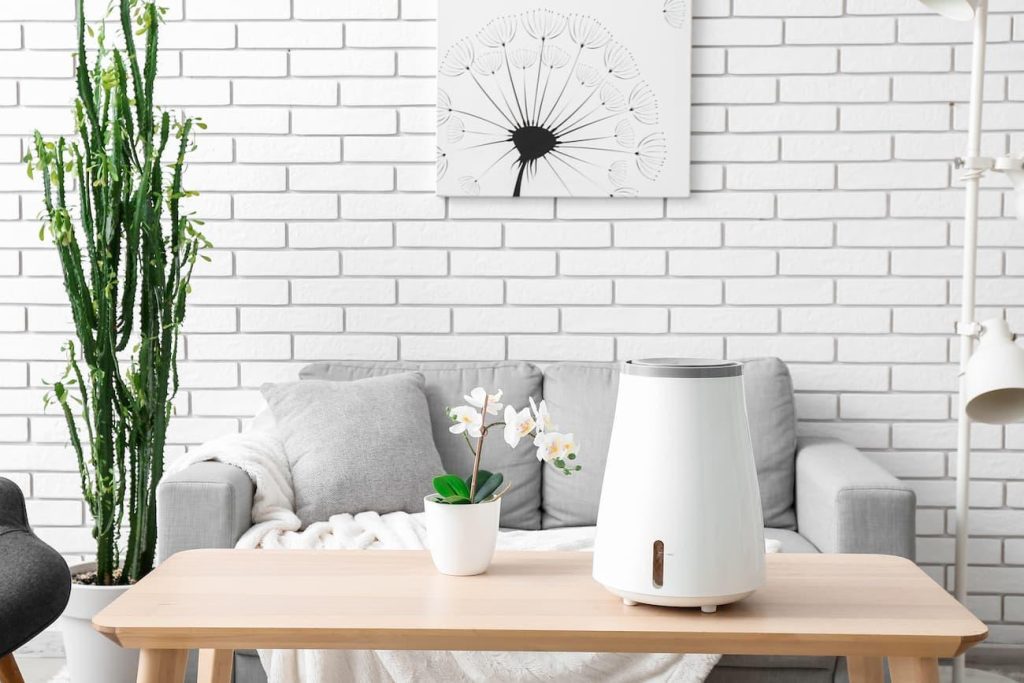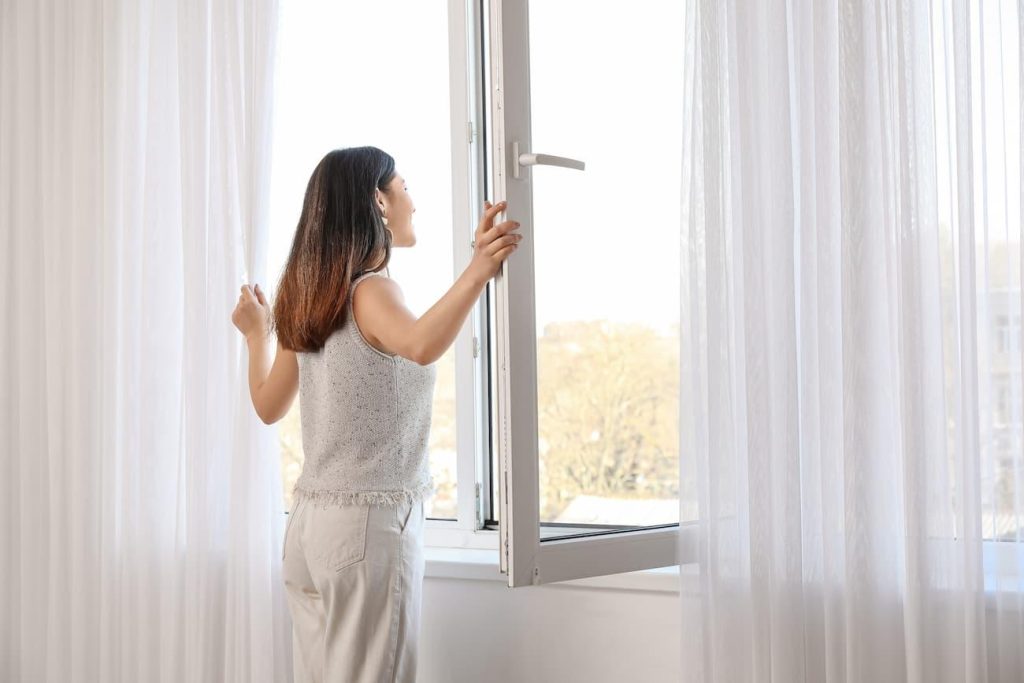Dampness in the home: solutions and keys to preventing it

Damp in the home is a common problem that affects the quality of life and the health of those living in it. Having in-depth knowledge of what it is, what causes it and how to avoid dampness in your home will help you boost the value of your home by keeping its structure intact as well as making it look great.
What is damp?
Damp in the home refers to the excessive presence of water or water vapour on the interior surfaces of a property. This can show up in a number of different ways, such as stains on walls, bad smells, mould and fungus. Damp in the home not only affects how it looks; it can also have negative consequences on the health and structural integrity of the house.
Why does damp appear in the home?
A number of things cause damp, so being aware of them is the key to effectively making your home damp-free:
- Condensation: this is one of the main causes of dampness in the home. It occurs when water vapour in the air cools when it comes into contact with cold surfaces, such as walls or windows, forming water droplets.
- Water infiltration: water seepage from the outside, either through cracks in walls, leaking roofs or defective pipes, can lead to dampness.
- Capillarity: rising damp or capillary ascending moisture is another contributing factor. It happens when water rises from the ground upwards through the pores of building materials, such as concrete or brick.
- Internal leaks: Internal problems, such as leaking pipes or issues in plumbing systems, can also lead to dampness.
Whether you’re buying a new-build or a second-hand property, make sure that it is waterproofed from the outside, and that the pipework is properly sealed to prevent leaks. What’s more, if you come across any defects in your new home, remember that you’re covered by the new home guarantee law.
How to get rid of dampness from walls?
Now that you’re aware of the main causes, it’s time to look at how to get rid of damp from walls. Getting rid of it is the key to prevent further damage and improve the habitability of your home. Discover some effective methods to get rid of damp in the home once and for all:
- Drying and ventilation: one of the biggest things is getting rid of the musty smell. The key lies in improving ventilation in your home. Regularly opening windows and using dehumidifiers to reduce ambient humidity can prevent dampness on walls.
- Repair leaks: spot and repair any leaks in pipes or roofs to avoid dampness in the home by preventing unwanted water ingress.
- Waterproofing: as well as learning how to remove damp from walls, it’s important you know how to prevent it from appearing in the first place. Apply sealants or waterproofing paints on exterior walls to prevent water infiltration.
- Thermal insulation: improve the thermal insulation of your home to reduce condensation on the walls. Use insulating materials on ceilings and walls.

How to get rid of dampness in a room?
Damp in the home can be concentrated in specific areas, such as enclosed rooms. Here are some tips to remove damp from a room:
- Control the temperature: adjust the temperature of the room to prevent condensation. Maintain a thermal balance to prevent surfaces from getting too cold.
- Use exhaust fans: Install exhaust fans in bathrooms and kitchens to remove water vapour generated during day-to-day activities.
- Cross ventilation: boost cross ventilation by opening windows on opposite sides of the room to provide airflow.
- Get rid of sources of damp in the home: identify and get rid of internal sources of damp, such as plants that release large amounts of water or lack of waterproofing in walls and ceilings.
Follow these simple steps frequently to get rid of dampness in your home and prevent new stains and odours from showing up.

How to get rid of a musty smell in a house?
When someone thinks about how to get rid of damp from their house, they’re usually referring to the stains on walls and ceilings; but don’t forget about another key aspect: how to get rid of the musty smell? This part of the process will be the key to a fresh and healthy home environment. Check out these effective strategies to get rid of musty smells in your home:
- Continuous ventilation: make sure to maintain good air circulation by opening windows and doors regularly.
- Natural deodorisers: Place natural deodorisers, such as activated charcoal, baking soda or silica gel sachets, in areas prone to musty odours.
- Specific cleaners: use specific cleaners to get rid of mould and mildew that can cause unpleasant odours.
How to prevent dampness in the home?
Preventing dampness in the home is even more important than dealing with existing dampness. Check out these practical tips to prevent damp from affecting your home:
- Regular maintenance: carry out regular maintenance in your home, checking ceilings, walls and plumbing systems for possible damp in your home.
- Exterior waterproofing: apply sealants or waterproofing paints on exterior walls to prevent water infiltration.
- Adequate ventilation: if you want to know how to get rid of damp from a specific room, make sure the room is well-ventilated. Use extractor fans in areas prone to moisture, such as bathrooms and kitchens.
- Indoor humidity control: use dehumidifiers in areas with high levels of humidity to keep levels within healthy ranges.
- Effective insulation: improve the thermal insulation of your home to reduce condensation on the walls.
- Efficient drainage: make sure that drainage systems around your home are free of blockages and in working order. Remember that learning how to get rid of dampness in the home is important, but prevention is even more important.
- Immediate repair: deal with any problems, such as leaks or seepage, as soon as they’re spotted to prevent further damage.
If you were wondering how to remove damp from walls, you can see that it’s a process that calls for a lot of specific care measures to be taken. Dealing with damp in the home requires a holistic approach that includes getting rid of existing damp and implementing long-term preventive measures. By following these tips, you can create a healthy environment and prevent dampness in your home. If you’re having ongoing issues, we recommend getting in touch with professionals for specific advice. A dry and healthy home is of utmost importance for the well-being of the whole family.


